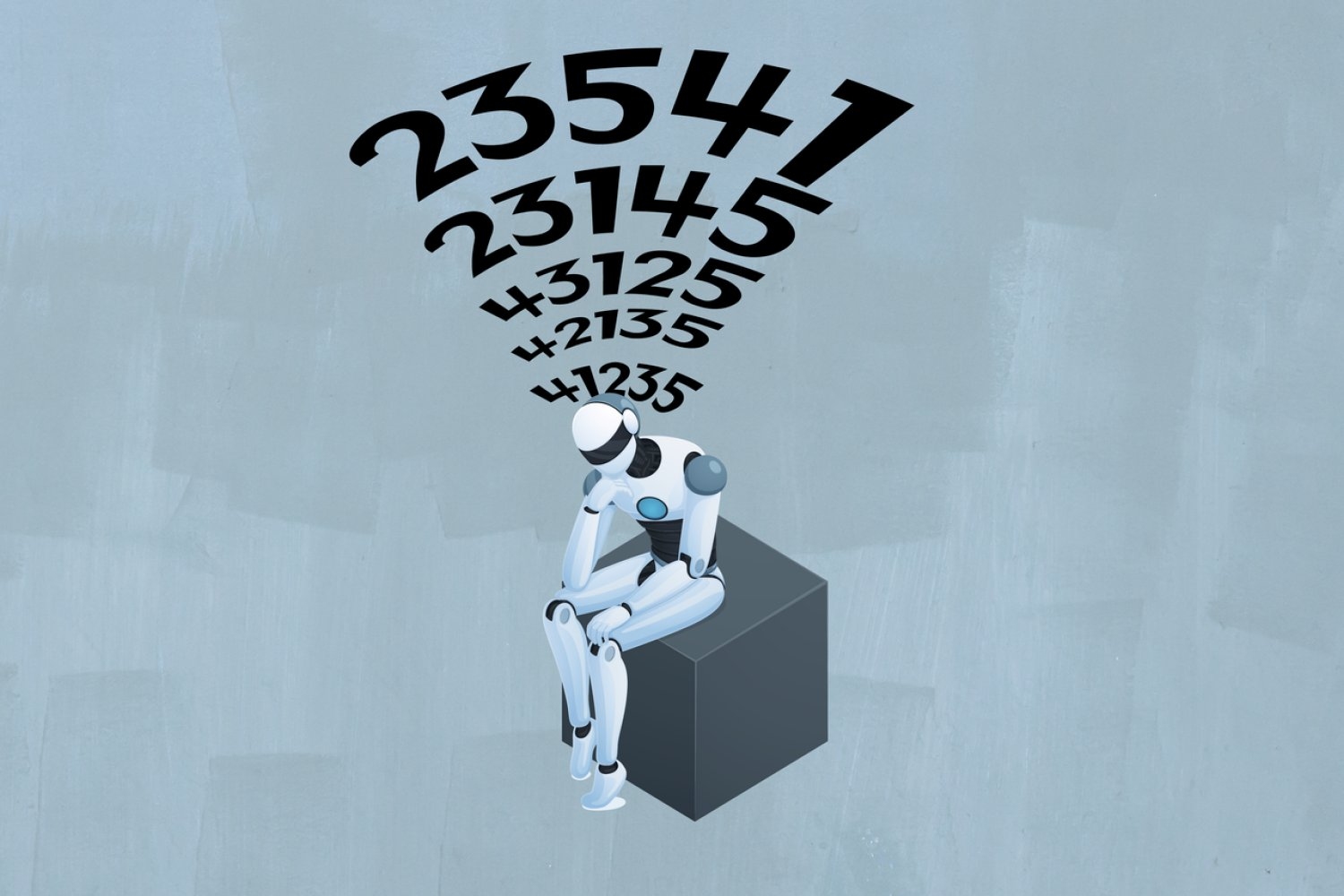Exploring AI Innovations: From Language Models to Youth Empowerment
Author: Alex Shipps

Artificial intelligence (AI) is experiencing rapid advancements and applications across various sectors, including education, technology, and energy. The ability of AI to process vast amounts of data and adapt to dynamic scenarios has transformed how we interact with technology. Language models, a significant component of AI, utilize unique mathematical shortcuts to predict outcomes in ever-changing environments. Recent research from the Massachusetts Institute of Technology (MIT) highlights how these models can enhance their capabilities by strategically controlling their predictive approaches.
Researchers at MIT's Schwarzman College of Computing and the School of Engineering have found that traditional methods of sequentially tracking changes in data can be inefficient. Instead, these language models leverage clever arithmetic operations that allow them to adapt swiftly to new information. This method provides an avenue for improving machine learning algorithms, making them more effective and efficient in real-time applications. By optimizing how they manage and update their predictions, AI language models can significantly advance fields such as natural language processing and conversational agents.

Researchers at MIT are leveraging innovative arithmetic in language models to enhance predictive capabilities.
As AI technologies evolve, collaborations between industries also emerge to address broader challenges. For instance, a recent summit at Argonne National Laboratory brought together leaders in AI and nuclear energy. The discussions focused on harnessing AI's potential to streamline nuclear technologies and power a sustainable future. The integration of AI in energy sectors aims to improve efficiency and promote the safe deployment of nuclear power—a crucial step in achieving global energy goals.
Utilities often seek robust solutions for the enormous amounts of data generated in the nuclear energy sector. AI can process and analyze this data to predict maintenance needs, enhance safety measures, and optimize operational efficiencies. As the energy landscape adapts to technological changes, AI's role becomes increasingly vital, ensuring both innovation and security within nuclear power generation.
In a parallel effort, initiatives focused on education are emerging to ensure that underserved communities can engage with and benefit from advancements in AI technology. A notable project is the AI Literacy Pipeline to Prosperity Project (AILP3), launched by Operation HOPE and Georgia State University. This summer camp aimed to empower Atlanta's youth by teaching them essential AI literacy skills, fostering inclusivity, and bridging the digital divide.

The AILP3 summer camp seeks to equip underserved youth with vital AI skills, addressing the opportunity gap.
AILP3 represents a pioneering step towards creating a more equitable technology landscape. The program focuses on K-12 students, introducing them to the fundamental concepts of AI and its applications. By providing educational resources and mentoring, the initiative helps inspire a new generation of innovators and problem-solvers capable of navigating the complexities of modern technology.
In the realm of cybersecurity, companies are also adapting to the changing landscape shaped by AI advancements. Stellar Cyber’s recent partnership with Microsoft through the Active Protections Program (MAPP) exemplifies a proactive approach to threat defense. By gaining early access to critical vulnerability information, Stellar Cyber enhances its ability to predict and mitigate cybersecurity threats, ensuring the safety of both organizations and individuals.
The rise of AI technologies is not limited to large corporations. Reports indicate that a significant majority of software executives—93%—are planning to implement custom AI agents within their organizations. This shift reflects a move towards adopting innovative solutions that tailor AI capabilities to specific operational needs, thus enhancing productivity and workforce transformation. Such developments signal a marked change in how businesses envision the future of work and technological integration.
While innovation in AI and technology drives industry progress, it also raises ethical concerns and issues surrounding data privacy. Warning signs have been issued regarding phishing scams that exploit the urgency of digital enhancements—such as the fraudulent ‘PAN 2.0’ emails targeting individuals in India. Authorities have alerted citizens to beware of such scams that aim to harvest sensitive personal information. These developments underline the importance of vigilance in cybersecurity as technology continues to evolve.

Authorities warn against phishing scams exploiting digital enhancements, emphasizing the importance of cybersecurity.
As organizations and educational institutions strive to bridge the technological divide, collaborative efforts between sectors are essential. The merging of AI with nuclear technology, educational initiatives like AILP3, and protective measures against cyber threats illustrate the multifaceted nature of today’s challenges. By leveraging advancements in technology, society can work towards more inclusive, secure, and efficient solutions that benefit all.
In conclusion, the ongoing evolution of AI signifies a transformative journey for numerous industries. From predicting complex scenarios with language models to empowering the future workforce with essential skills and protecting against digital threats, AI's influence continues to expand. The collaborations and initiatives that are taking shape today have the potential to redefine our technological landscape, ensuring that no one is left behind as we advance into a digitally driven future.